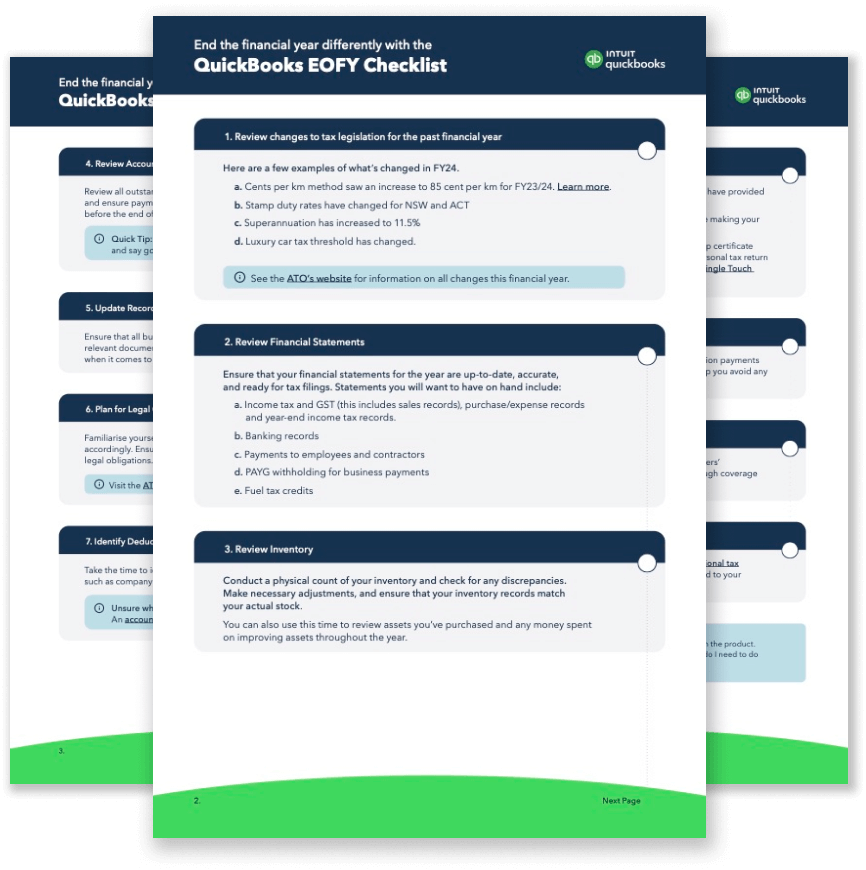What is amortisation?
Amortisation definition
Amortisation refers to the process of systematically and gradually reducing the value of an asset or liability with a finite lifespan over time. This is often done through regular payments or adjustments that are designed to reduce the value of the asset or liability until it eventually reaches zero.
In the context of accounting, amortisation typically refers to the way that intangible assets, such as trademarks, copyrights, patents, or goodwill, are accounted for on a company's financial statements. Since these assets are considered to have a finite lifespan, their value must be gradually reduced over time through regular amortisation adjustments.
Amortisation can be calculated using different methods, depending on the type of asset or liability involved. For example, a straight-line amortisation method would involve dividing the estimated cost of the asset or liability by its expected lifespan, and then subtracting that amount from its value each year. Other methods include the declining balance method or the sum-of-the-years-digits method.
Amortisation is also used in the context of loans and mortgages. When a borrower takes out a loan, the lender will calculate the amount of interest and principal that must be paid back over the term of the loan. Amortisation refers to the process of gradually reducing the principal owed over time through regular instalment payments.
Amortisation can be an advantage in accounting for intangible assets, which are valuable to a company but may not have a specific physical form. It allows companies to spread the cost of these assets over their useful lifespan, which can be difficult to estimate but is necessary for financial reporting purposes.
For example, if a company purchases a patent for $100,000 with a lifespan of 10 years, it would recognise $10,000 of amortisation expense each year over the patent's lifespan. This allows the company to expense a portion of the cost each year, rather than taking the full cost as an expense in one year, which can be destabilising to a company's financials.
Amortisation can also come into play when a company acquires another company. In this case, the cost of purchasing the company is allocated to individual assets and liabilities, with the value of any intangible assets subject to regular amortisation over their lifespan.
When it comes to loans, the regular payment schedule can include both the interest charged on the principal and a portion of the principal itself. In this case, amortisation refers to the gradual reduction of the outstanding principal balance over the term of the loan.
Overall, amortisation is a key concept in accounting and finance as it allows companies to allocate costs over time, rather than in one big chunk. This creates a more accurate and consistent reflection of the company's financial position over time.









